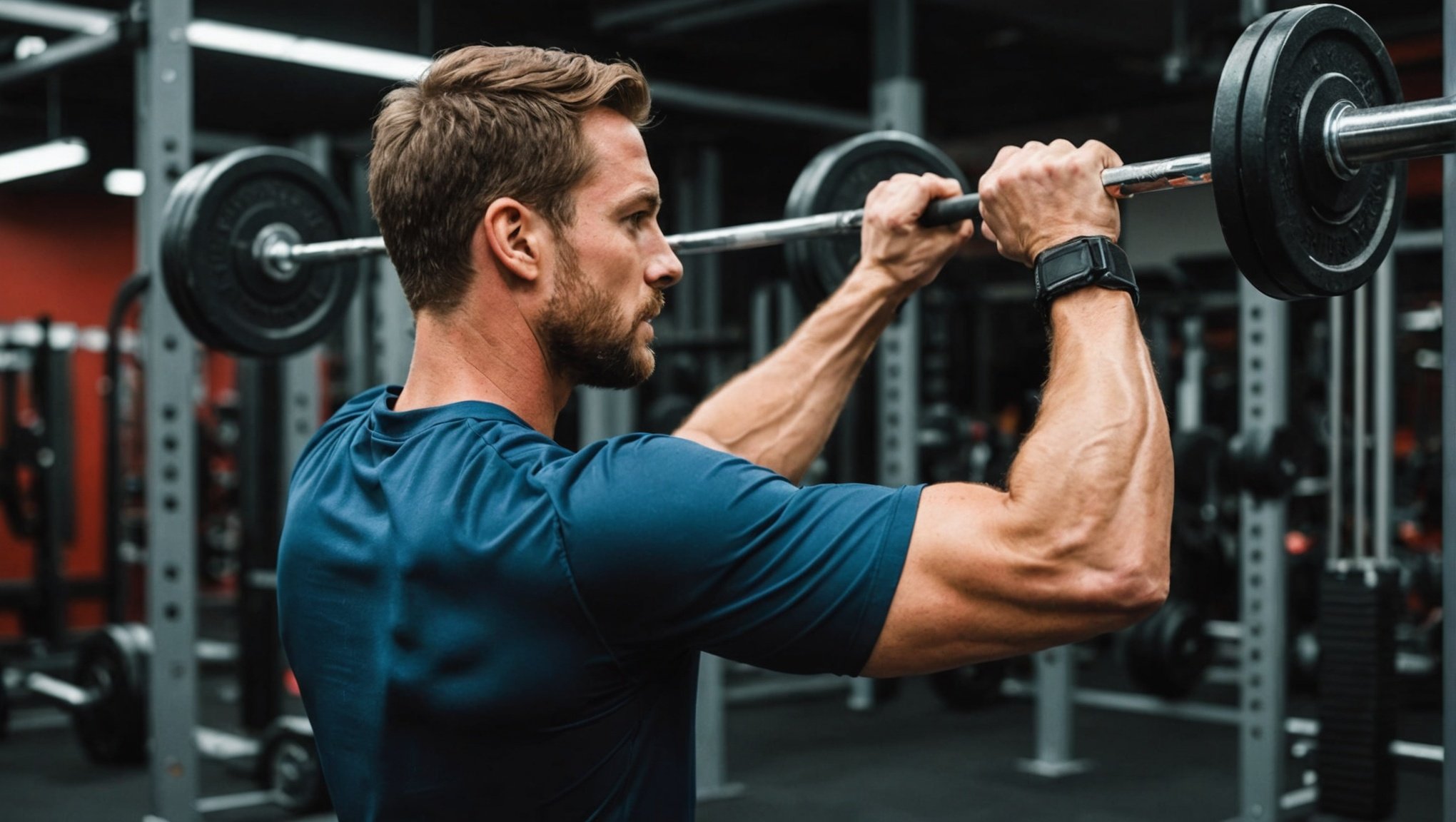Importance of Shoulder Stability in Athletics
In the realm of sports, shoulder stability is paramount for optimizing athletic performance. The shoulder joint, being one of the most mobile joints in the human body, provides athletes with a wide range of motion. This extensive mobility, however, makes it susceptible to injury. By maintaining robust shoulder stability, athletes can enhance their performance while mitigating the risk of injury.
Many athletes frequently encounter common shoulder injuries such as rotator cuff tears, dislocations, and impingements. These injuries can significantly impair an athlete’s performance and may require prolonged recovery periods. The emphasis on injury prevention cannot be overstated, as maintaining a stable shoulder not only preserves athletic longevity but also boosts confidence in performance.
Topic to read : Building Mental Toughness: Strategies for Athletes to Bounce Back After Major Sports Setbacks
Preventive measures play a crucial role in ensuring long-term health. Implementing exercises focused on strengthening the rotator cuff muscles and enhancing scapular stability can be instrumental. Such exercises contribute to the maintenance of shoulder balance and support during rigorous athletic activities.
In conclusion, understanding and prioritizing shoulder stability is essential for athletes. It aids in sustaining high levels of performance and reducing the likelihood of debilitating injuries. Athletes who incorporate preventive strategies into their training regimens set themselves up for success and prolonged participation in their sport of choice.
Also read : Unlocking Peak Performance: Effective Sleep Strategies for Athlete Recovery
Key Strength Exercises for Shoulder Injury Prevention
Enhancing shoulder injury prevention involves a targeted approach towards strength exercises and resistance training. These exercises are designed to build strength and safeguard against injuries.
Rotator Cuff Strengthening
Focusing on the rotator cuff muscles is fundamental for shoulder stability. Effective exercises include lateral raises and internal rotations. Maintaining proper techniques, like keeping elbows slightly bent, enhances performance. Athletes should aim for 3 sets of 12 repetitions to maximize results.
Scapular Stability Exercises
The positioning of the scapula is crucial in shoulder mechanics. A strong scapula ensures better shoulder function. Key exercises include Y-T-W formations and scapular push-ups, both of which can be augmented with resistance bands. These exercises are pivotal in bolstering scapular strength and control.
Core Integration for Shoulder Health
Integrating core strength into shoulder workouts is key to overall stability. Planks combined with shoulder taps effectively incorporate these elements. Engaging the core during shoulder exercises not only improves strength but also contributes to better posture and injury prevention. Stronger core muscles ensure balanced body mechanics, enhancing effectiveness of shoulder-specific workouts.
Injury Prevention Techniques and Best Practices
Implementing effective injury prevention techniques is crucial for athletes aiming to maintain peak performance. A fundamental method involves consistent warm-up and cool-down routines. These routines prepare the body for physical exertion and are essential in reducing the risk of injuries.
Warm-up routines typically consist of dynamic stretches and light aerobic activities, which increase blood flow and muscle temperature, crucial for preventing muscle tears. On the other hand, cool-down routines help gradually lower the heart rate and prevent stiffness by incorporating gentle exercises and stretching.
Flexibility training plays a vital role in maintaining shoulder health. Regular stretching exercises enhance joint mobility and muscle elasticity, making shoulders less susceptible to injuries. This training can include a mix of static and dynamic stretches tailored specifically to shoulder joints.
Furthermore, educating athletes on the importance of listening to their bodies is a crucial recovery strategy. Athletes should be encouraged to recognize signs of fatigue or discomfort. This proactive approach aids in recognizing early warning signs of potential injuries, thus facilitating timely intervention.
By employing these injury prevention techniques, athletes can not only safeguard their health but also enhance their overall performance, ensuring a long and fulfilling sports career.
Frequency and Intensity Recommendations
Training frequency is crucial to maintaining shoulder health and preventing overuse injuries. Engaging in exercises with proper training frequency ensures that muscles are adequately stressed without the risk of exhaustion. Ideally, shoulder workouts should occur 2-3 times per week to allow for sufficient rest and muscle recovery.
Balancing exercise intensity is equally essential. High-intensity workouts can effectively build strength if followed by appropriate recovery periods. Overloading the shoulders with excessive intensity without ensuring muscle recovery can lead to injuries. It is advisable to incorporate both high and low-intensity workouts into the routine, considering each session’s goals.
Customization of exercise plans is fundamental, and it depends heavily on the individual’s athletic demands and current health status. Individual athletes have unique requirements; hence, training frequency and exercise intensity must be tailored to suit their needs. It’s beneficial for athletes and their coaches to assess performance and adjust plans in accordance with their response to training.
By emphasizing exercise intensity balance and giving time for muscle recovery, athletes can sustain optimal shoulder health and improve performance. It serves as a preventive measure against overuse injuries, ensuring the longevity of an athlete’s career.
Resources for Visual and Practical Guidance
The use of exercise demonstrations and visual aids is crucial for performing exercises correctly and preventing injuries. These resources provide clear depictions of proper form and technique, essential for both beginners and experienced fitness enthusiasts.
Video tutorials are highly recommended as they offer a dynamic way to learn new exercises. Platforms such as YouTube and fitness websites host thousands of video tutorials, ranging from beginner to advanced levels, covering various types of workouts. These tutorials allow viewers to pause, rewind, and practice at their own pace, ensuring they comprehend each movement thoroughly.
In addition to video content, leveraging coaching resources can greatly enhance one’s understanding and execution of exercises. These resources might include apps with personalised training programs, online forums, or hiring a personal trainer, whether in-person or virtually. Coaches can provide tailored feedback, which is invaluable for refining technique and achieving fitness goals.
Ultimately, integrating these resources into your fitness routine can transform your workouts. By ensuring precision and understanding through exercise demonstrations, video tutorials, and coaching, you can maximise efficiency and safety in your exercise regimen. This blended approach ensures that you make informed decisions while exploring diverse workout options, leading to the best outcomes for your fitness journey.











